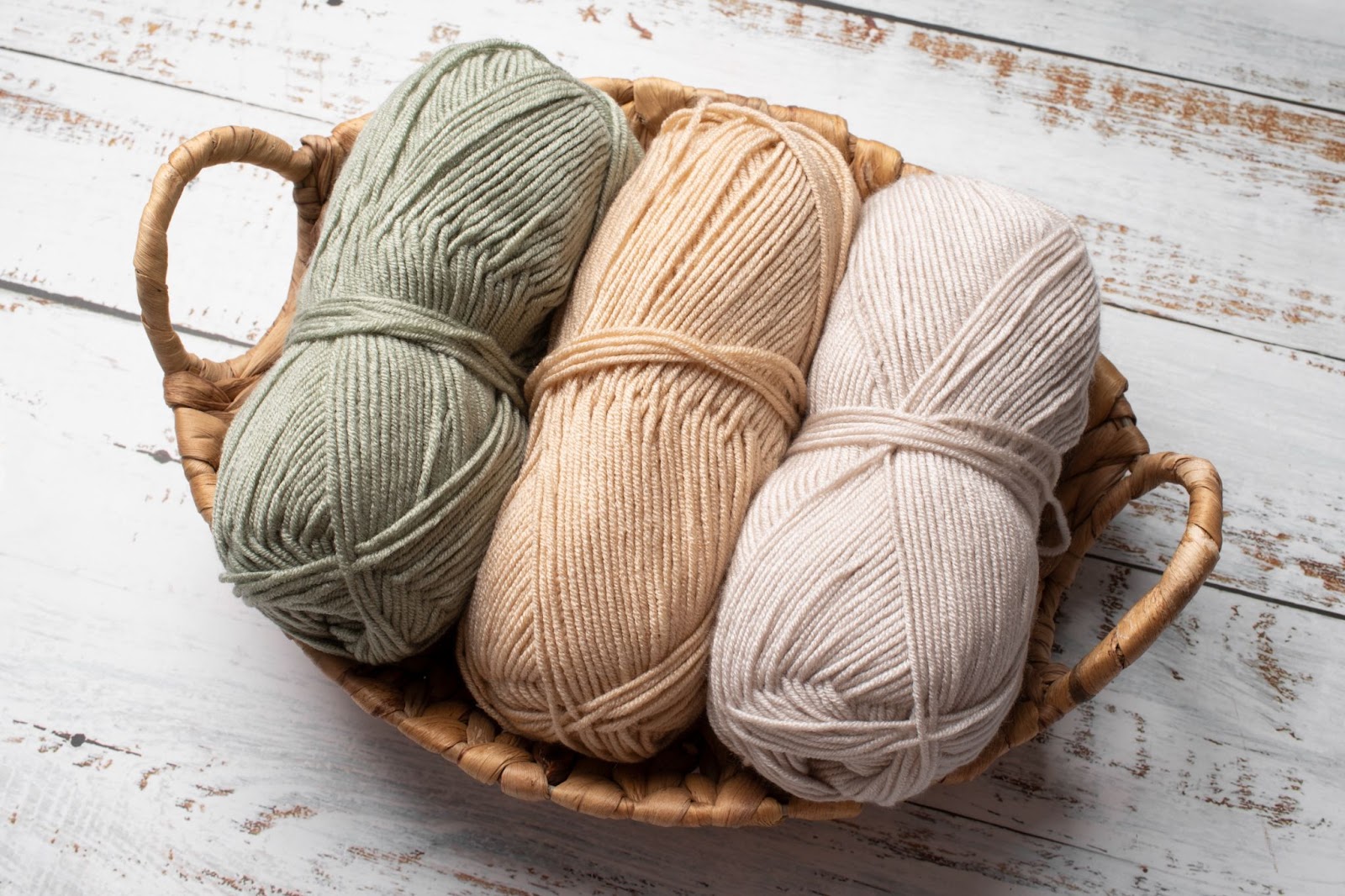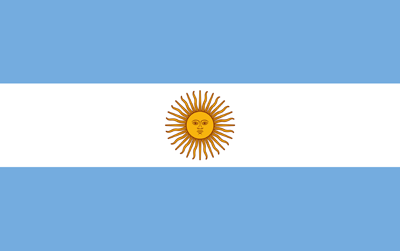Finding a reliable cotton yarn supplier for bulk orders isn’t just about picking the cheapest option from a list; it can shape your product quality, profit margins, and even your brand’s reputation. If you’ve ever struggled with delayed shipments, inconsistent quality, or just too many choices, you’re not alone.
We get it sourcing cotton yarn in bulk is overwhelming. From complex specs to supplier red flags, it’s a lot to juggle. But here’s the good news: this guide will help you go from confused to confident. We’ll break down every step from understanding your needs to finding, vetting, and building long-term partnerships with the right suppliers. Let’s make your sourcing process smoother and smarter.
Step 1: Define Your Cotton Yarn Requirements
Before you even search “cotton yarn suppliers,” you need to know exactly what you want. Cotton yarn isn’t one-size-fits-all it varies by fiber type, weight, texture, color, and intended use. And without clarity here, you’ll end up with a dozen quotes you can’t compare.
Consider Fiber & Quality Specs
There’s combed cotton, ring-spun cotton, open-end (OE), and organic cotton. Not all yarns are created equal:
- Combed cotton: Smoother, softer, stronger.
- OE yarn: Cheaper but lower quality good for bulk but not premium wear.
- Organic cotton: Eco-friendly but pricier; GOTS-certified options.
Always ask yourself: What matters more, price or feel? Your answer should guide this choice.
Yarn Weight, Color & Quantity
Cotton yarns come in various weights:
| Yarn Type | Common Weight | Ideal For |
| 20s OE | Light | T-shirts, towels |
| 30s combed | Medium | Polos, knitwear |
| 40s compact | Fine | High-end garments |
You’ll also need to lock in color specs. Pantone references, lab dips, and digital shade cards help avoid surprises.
MOQ (Minimum Order Quantity) varies. Local mills may require just 100 kg, but large manufacturers might set MOQs at 500 kg or more.
Budget, Lead Time, Use-Case
What’s your budget per kilogram? How fast do you need it? Is this for a seasonal launch or evergreen stock?
- Lead times: 4–8 weeks for sample approval; 8–16 weeks for bulk.
- Budget range: $4–10/kg depending on fiber quality and volume.
Tip: Use a spreadsheet to log requirements; it makes quote comparisons easier.
Step 2: Where to Source Cotton Yarn in Bulk
Once your needs are clear, it’s time to start your search. You’ve got more options than ever before if you know where to look.
Platforms & Wholesalers
Online marketplaces like Alibaba, IndiaMART, and Fibre2Fashion list thousands of suppliers. While they’re great for getting quotes, don’t rely solely on their star ratings.
- Filter by country, MOQ, and certifications.
- Always ask for test samples and certifications.
Trade Shows & Industry Events
Attending textile expos can be a game-changer:
- ITMA, Spinexpo, Texworld USA Ideal for meeting multiple vendors.
- You can physically inspect yarns and get better deals by negotiating in person.
Manufacturer Direct & Local Mills
Cutting out the middleman can lower costs. Look for mills that:
- Offer custom dyeing.
- Have in-house quality control.
- Provide end-to-end support (from spinning to packing).
Downside? You may need to meet higher MOQs or longer lead times.
Networking & Buying Groups
Facebook groups, B2B communities, or craft cooperatives often have lists of vetted suppliers. Smaller businesses may benefit from shared container shipments or split-MOQ deals.
Step 3: Vetting & Comparing Suppliers
Now comes the critical part: deciding who to trust with your bulk order. This is where most businesses either win or regret.
Quality Checks & Certifications
Look for third-party certifications like:
- OEKO-TEX (safe textiles)
- GOTS (organic)
- ISO 9001 (process quality)
Also, request lab tests for fiber strength, twist per inch, and colorfastness. If a supplier dodges this, that’s a red flag.
MOQ, Pricing & Samples
Compare at least 3 suppliers using a quote comparison table:
| Supplier | MOQ | Price/kg | Lead Time | Sample Provided |
| A | 300 kg | $5.25 | 12 weeks | Yes |
| B | 500 kg | $4.90 | 10 weeks | Yes |
| C | 250 kg | $6.00 | 8 weeks | Yes |
Always get a sample batch then run a basic QC test: color consistency, wash durability, texture.
Supply Chain Transparency
Ask for:
- Factory videos/photos
- Third-party audit reports
- References from other clients
If they hesitate, that’s a clue. Reliable suppliers showcase transparency.
Terms, Contracts & Risk Management
Before signing anything, clarify:
- Payment terms (e.g., 30% advance, 70% on B/L copy)
- Refund/return policy
- Quality dispute handling
Human Trust Signals
Client Case Study: How One Brand Switched Suppliers & Won
When a U.S.-based apparel brand switched to an Indian OEKO-TEX-certified mill, they reduced delays by 40% and gained 20% more fabric yield due to better spinning. Photos, real-time feedback, and a dedicated account manager made all the difference.
Testimonials & Expert Quotes
“Certifications are non-negotiable if you want international buyers to trust you,” says Laura M., Sourcing Expert with 15+ years in the industry.
“Ask for their worst mistake and how they handled it. If they’re honest it’s a green flag.”
Transparent Author Bio
This article was created with insights from textile sourcing specialists and references from the Fiber Council of India, Cotton Incorporated, and ITMF reports.

Step 4: Post-Decision Relationship Management
Getting your first delivery is only half the battle. The real value is in consistent, long-term quality.
Onboarding New Supplier
Start with a pilot run of, say, 10% of your total order. Review performance:
- Did they meet the promised specs?
- Was the packaging as per the agreement?
- Any delay? Communicated?
Use a supplier performance sheet for monthly tracking.
Ongoing Communication & Forecasting
Schedule regular catch-ups (Zoom, WhatsApp, email). Discuss:
- Raw cotton availability
- Shipping constraints
- Pricing volatility
Forecast demand 3–6 months in advance it helps suppliers align capacity.
When to Rethink Your Supplier
Red flags include:
- Missed deadlines
- Poor sample-to-bulk consistency
- Unresponsiveness
Always have a backup supplier on standby, especially if you’re scaling.
Bonus Resources
- Cotton Yarn Supplier Comparison Template (XLS)
- Sample QC Checklist & Supplier Interview Guide
- Trade Show Calendar for 2025 (Textile Events)
- Certifier Directory: OEKO-TEX, GOTS, ISO
Final Thoughts
Sourcing cotton yarn for bulk orders doesn’t have to feel like gambling. When you clearly define your specs, evaluate the right way, and build relationships not just transactions you gain more than just yarn. You gain consistency, trust, and peace of mind.
Try this today: Make a list of your exact yarn specs and use templates to shortlist 3 suppliers. It’s time to stop guessing and start finding cotton yarn suppliers smarter.
Have a sourcing story, tip, or horror experience? Drop it in the comments we’d love to learn from you.
FAQ:
Can I order below the MOQ?
Yes, some offer shared MOQ or sample lots. Try 50–100 kg on request.
What’s a fair price per kg?
Expect $4–10/kg based on yarn specs, certifications, and location.
Do I need certifications?
If selling internationally or marketing eco-friendly goods yes. OEKO-TEX, GOTS, BCI are essential.
What’s the lead time?
Sample: 4–8 weeks. Bulk: 8–16 weeks. Add a buffer for holidays or customs.
How to ensure color consistency?
Use Pantone reference, request lab dips, and ask for a “color lot tolerance” clause in the contract.







